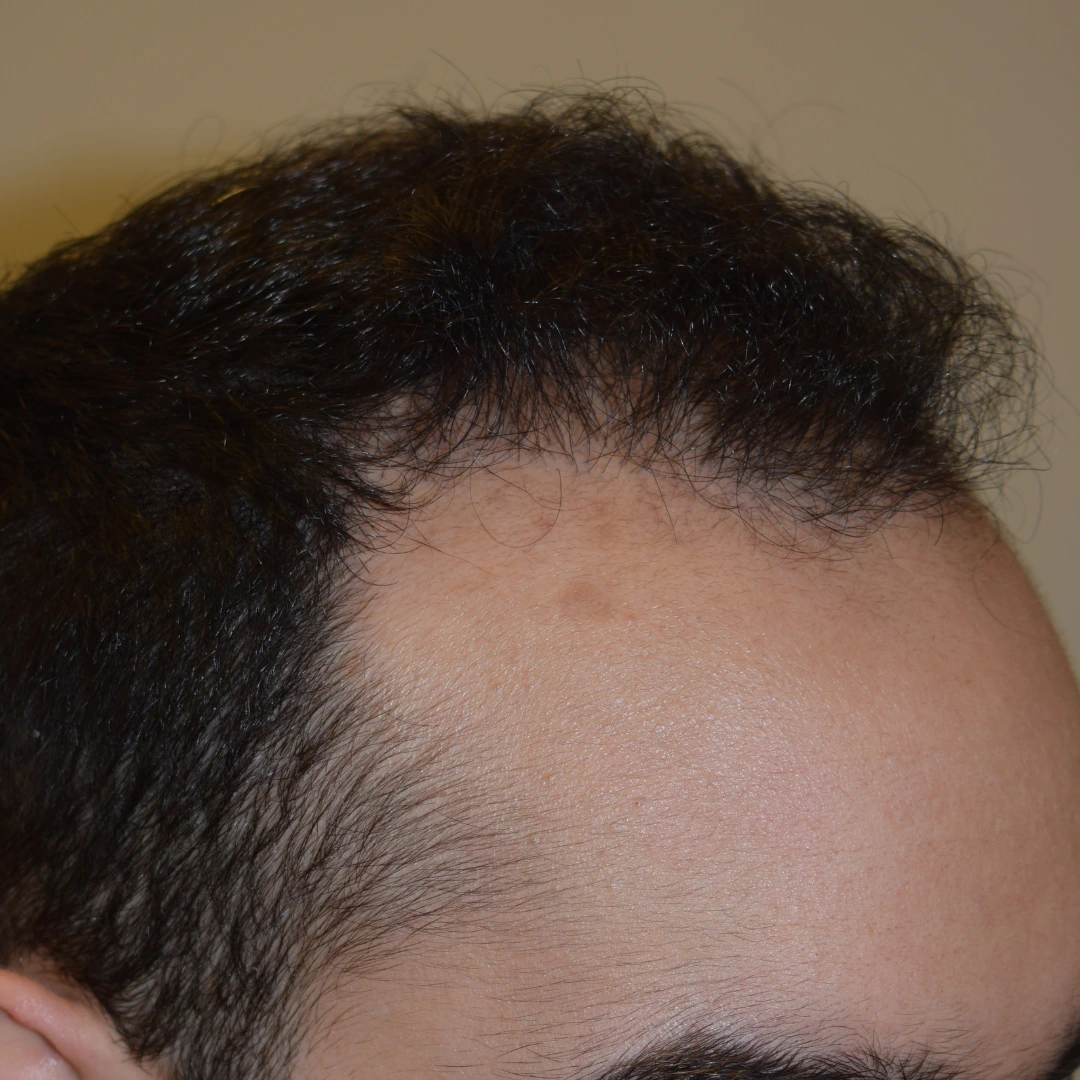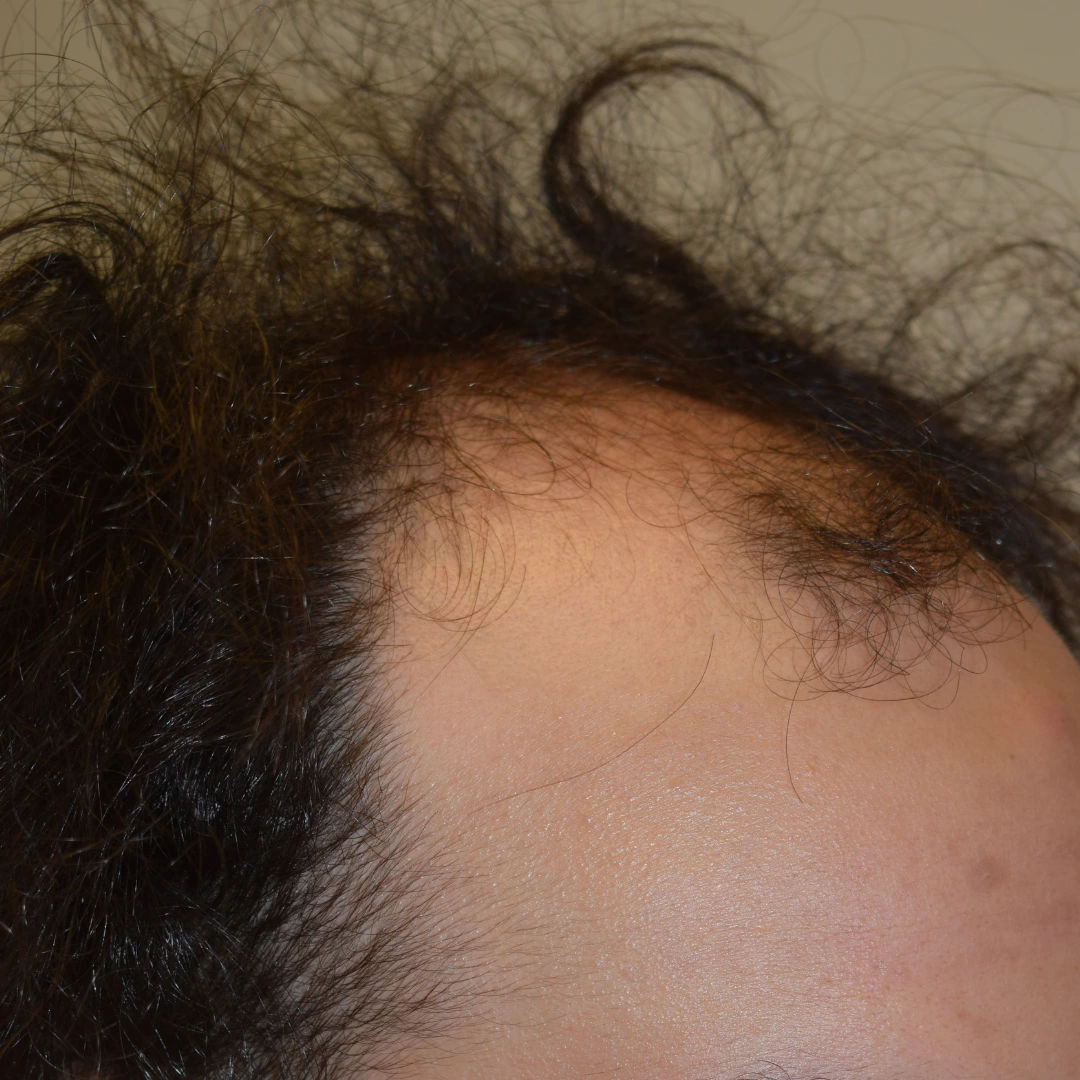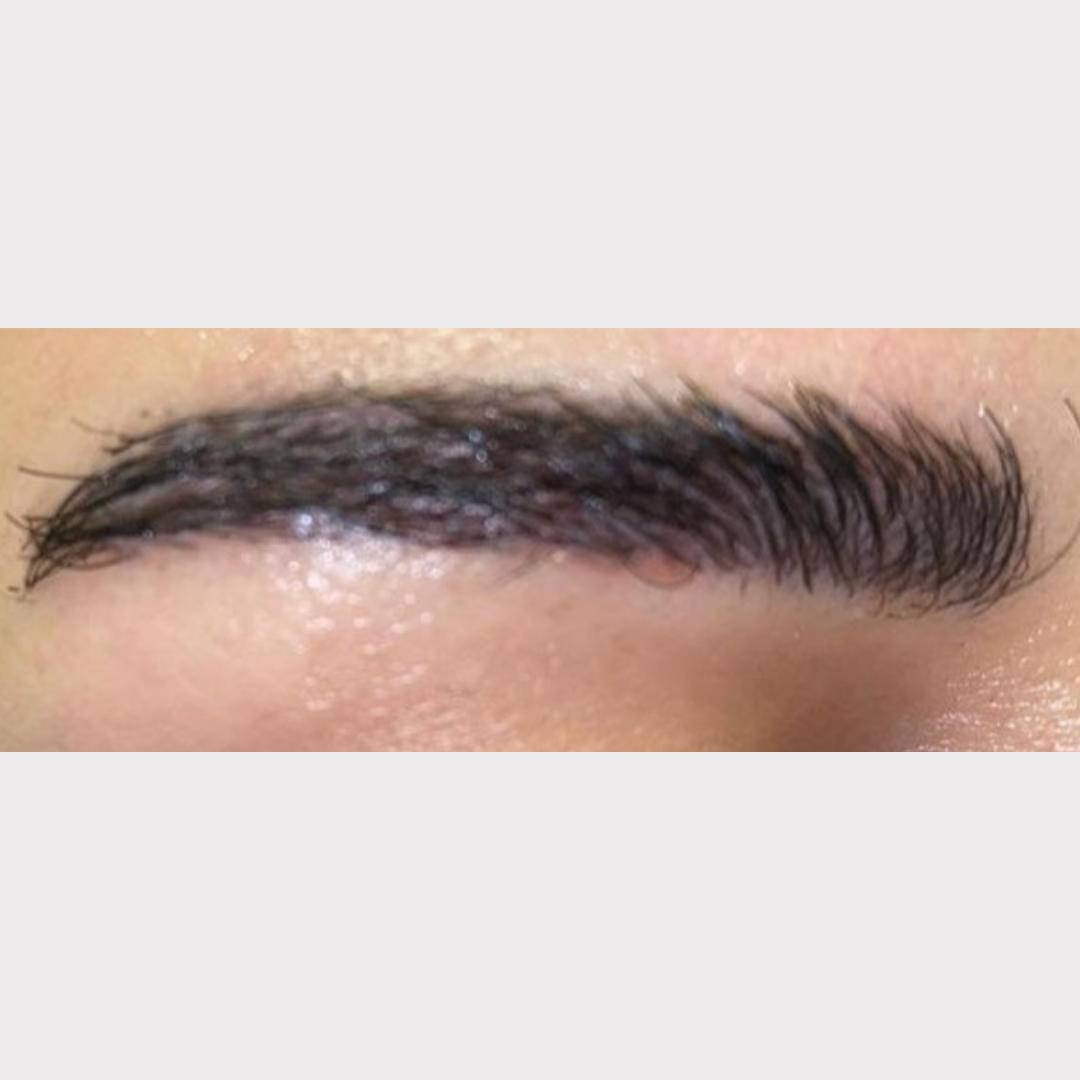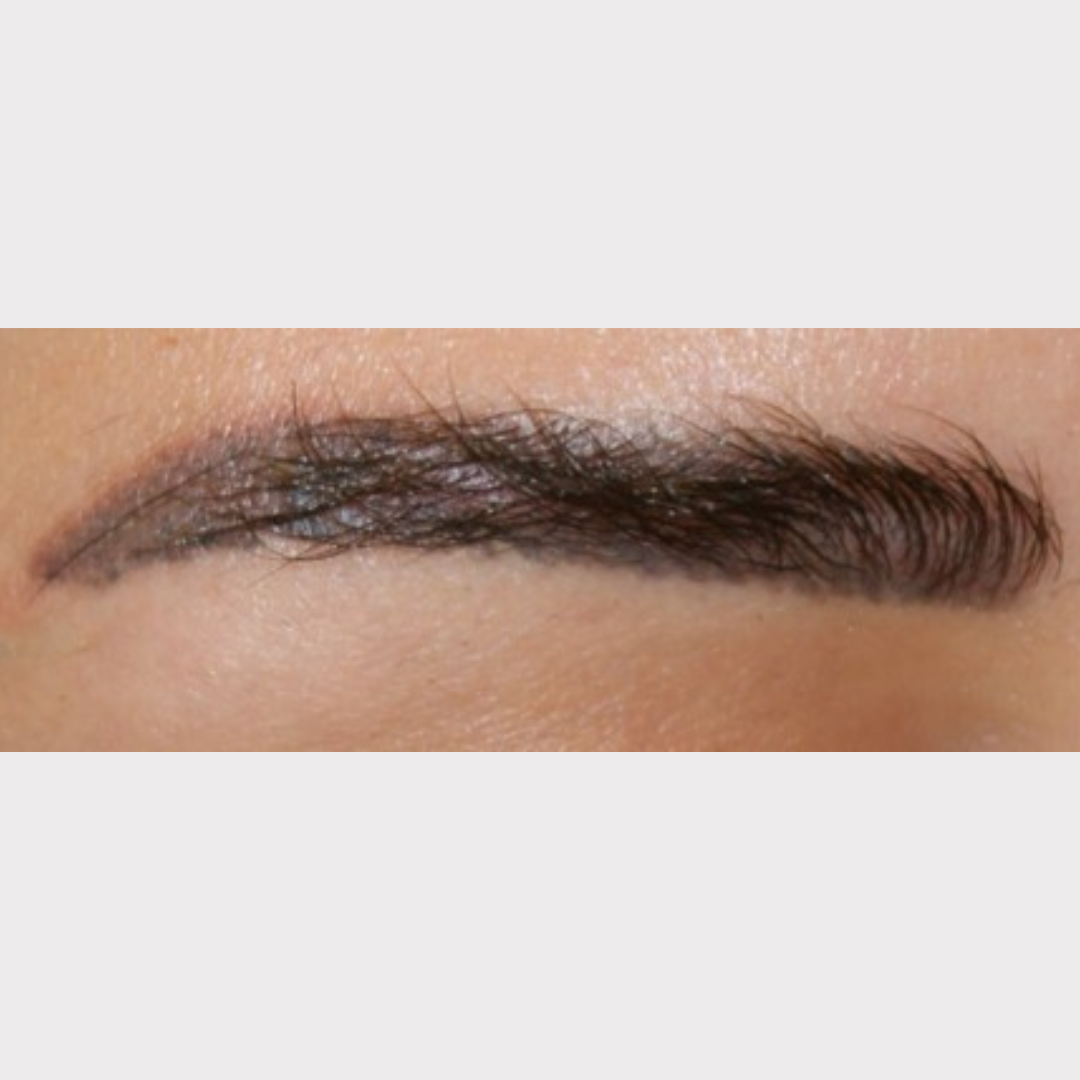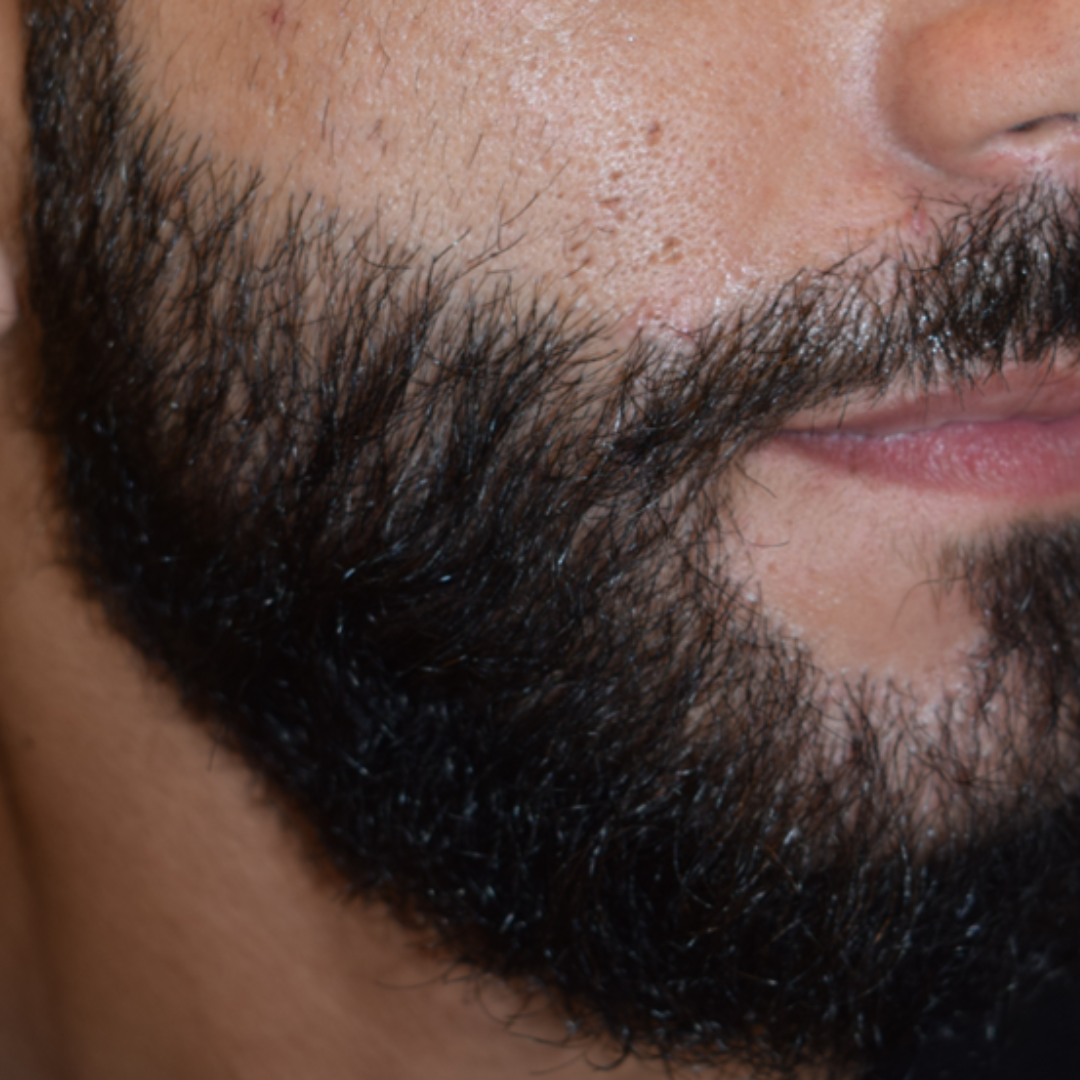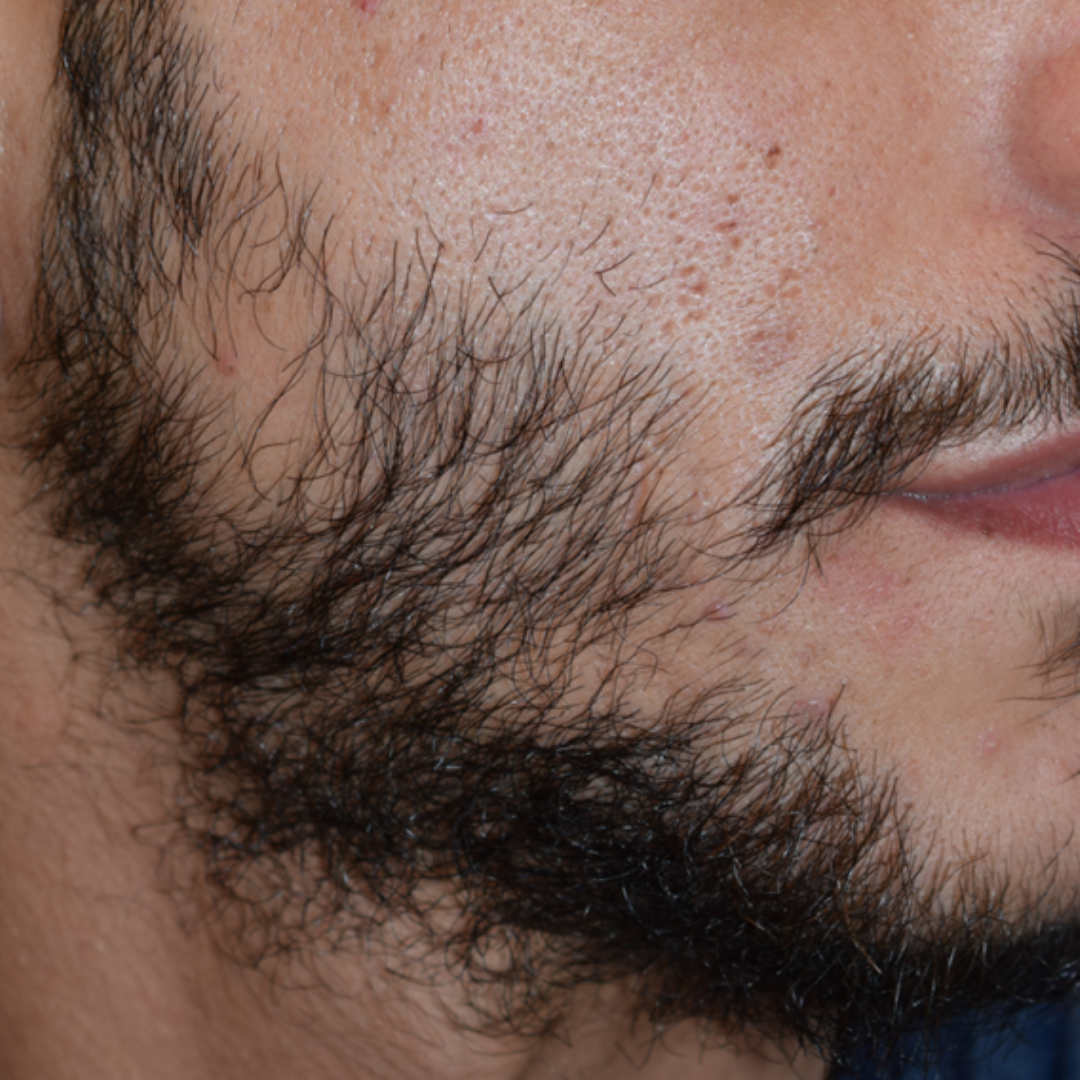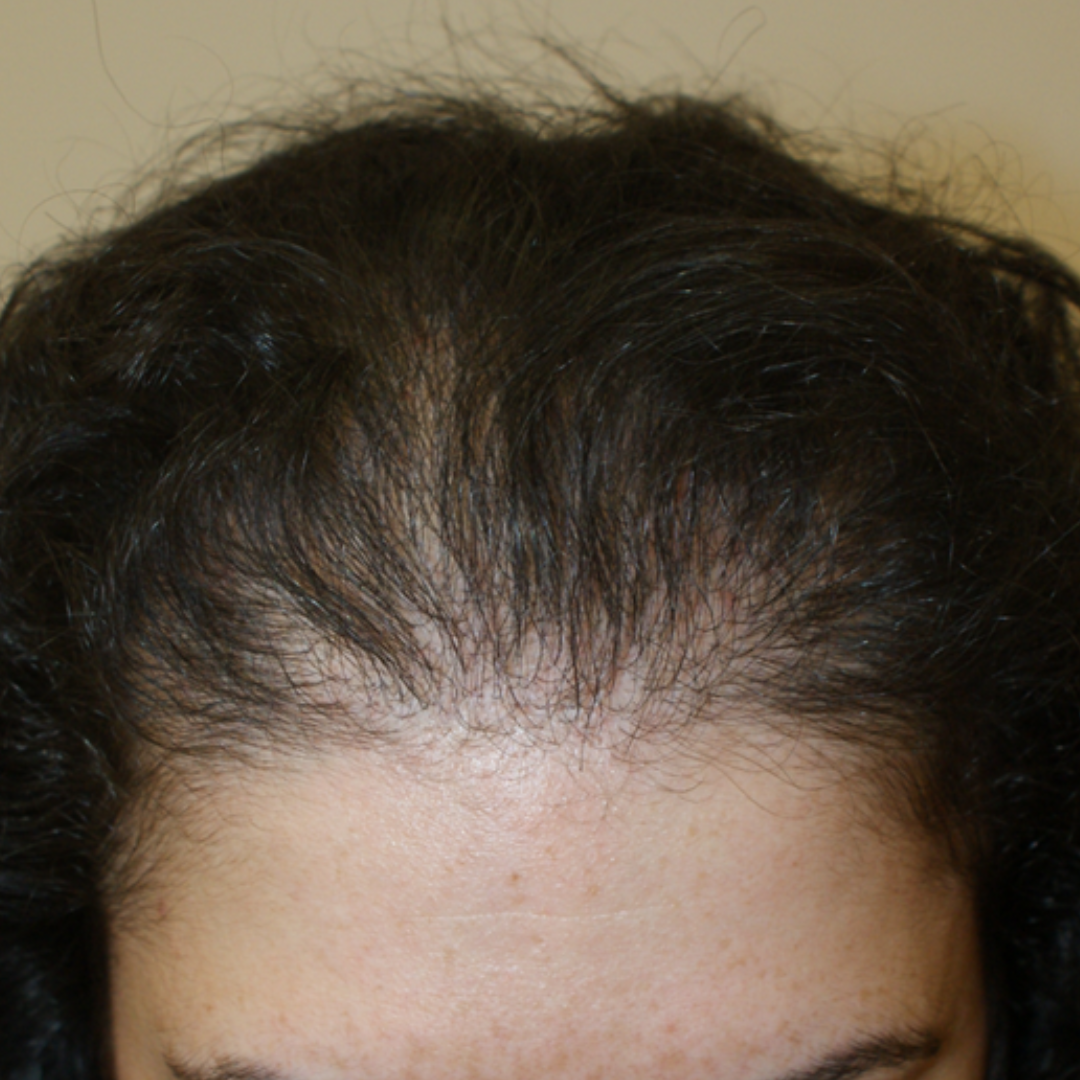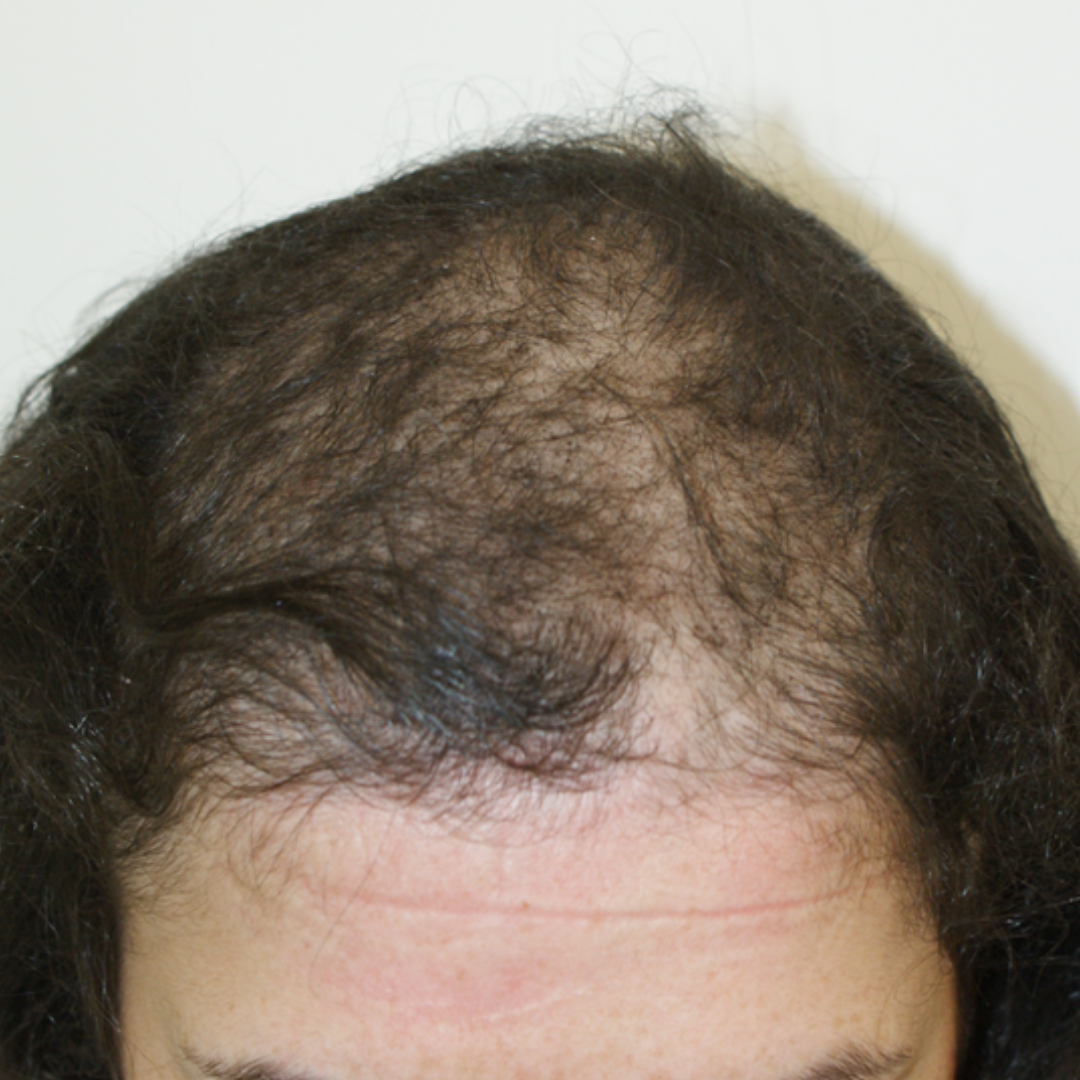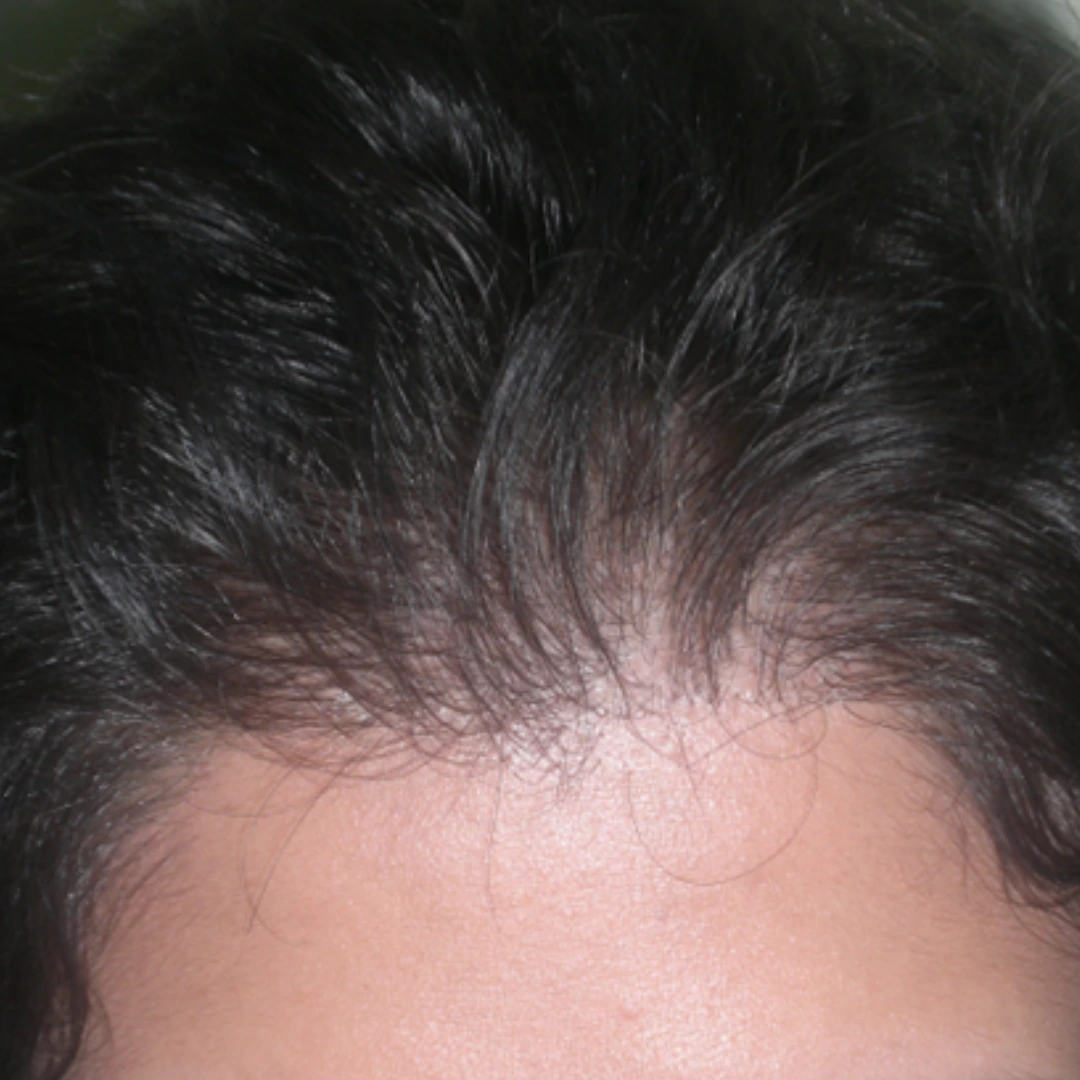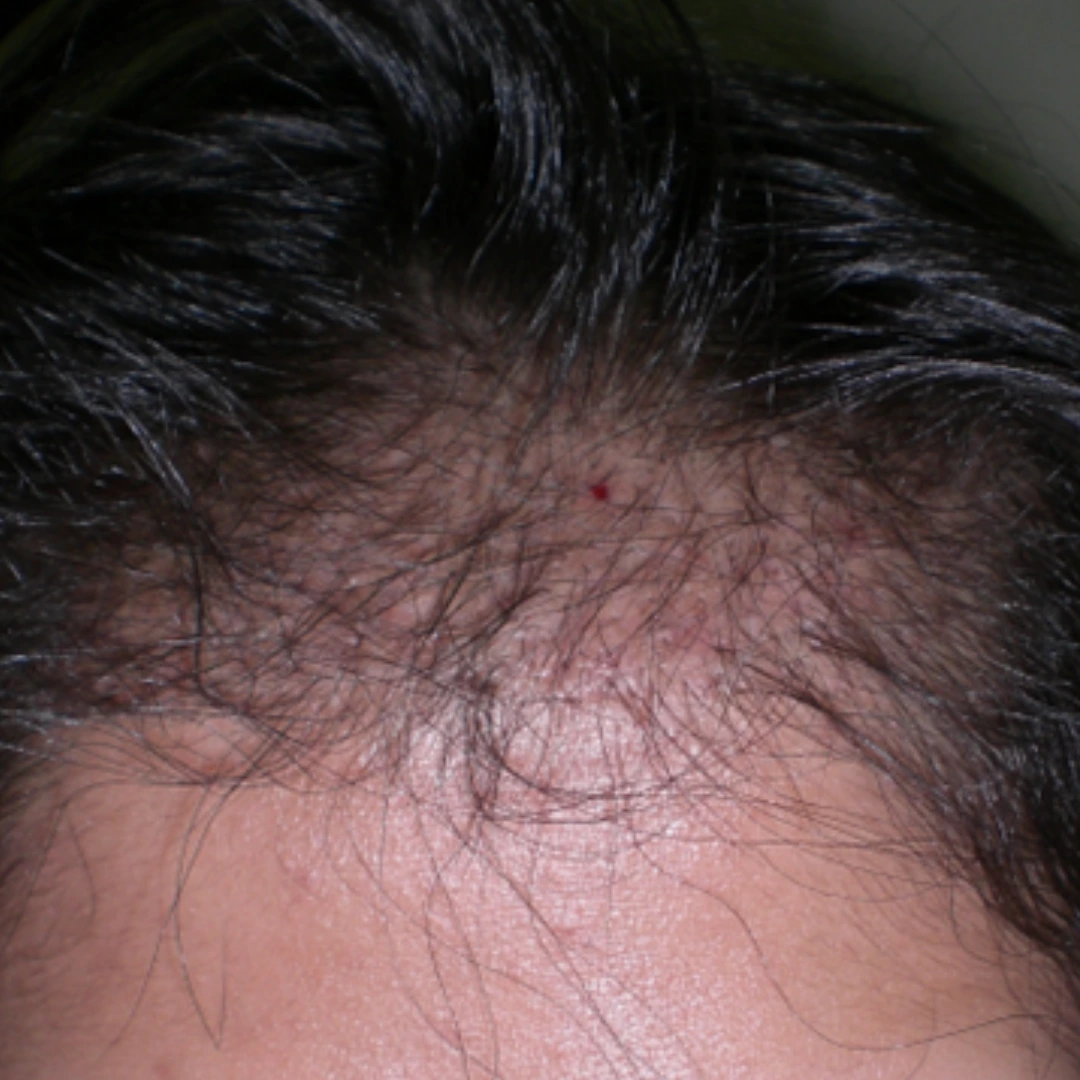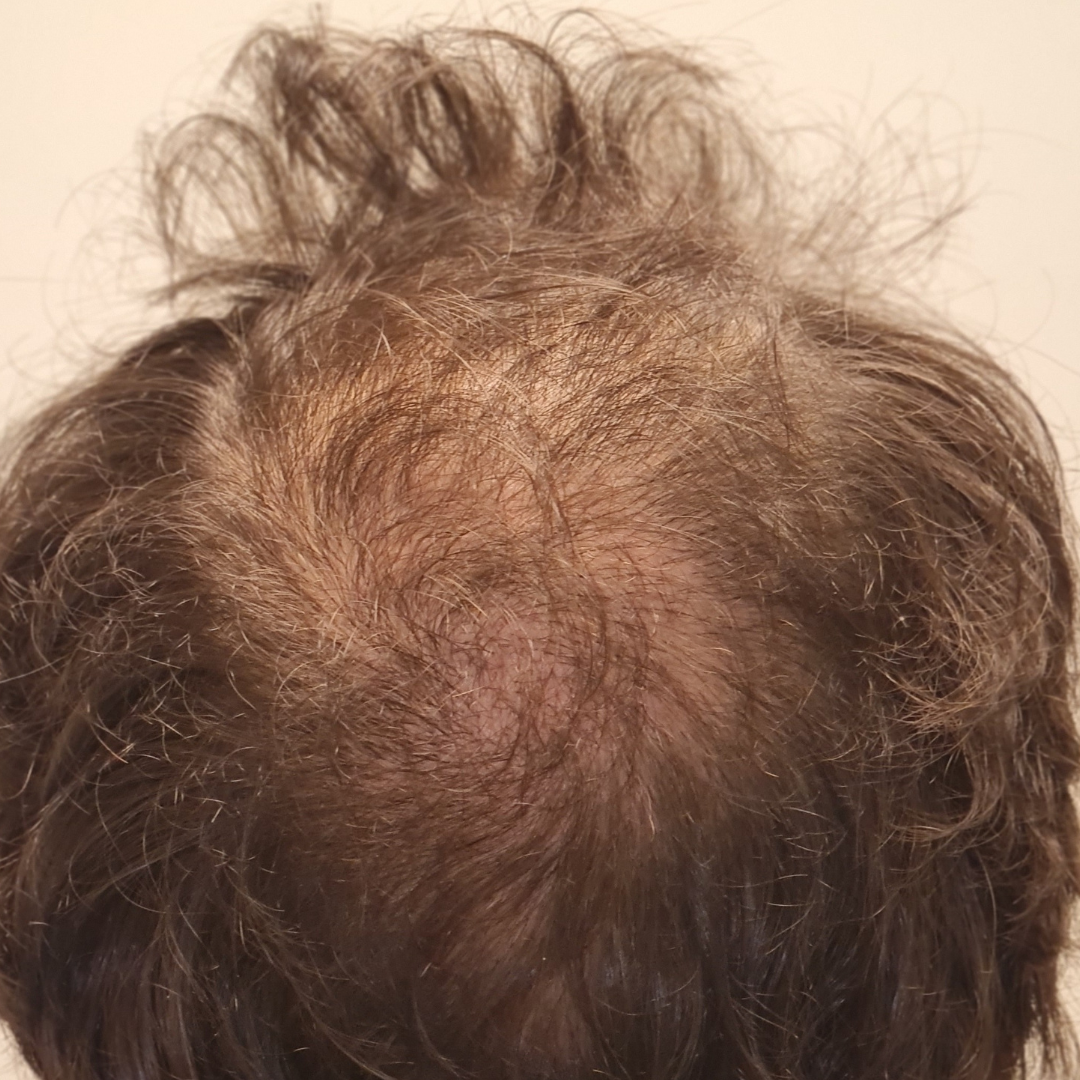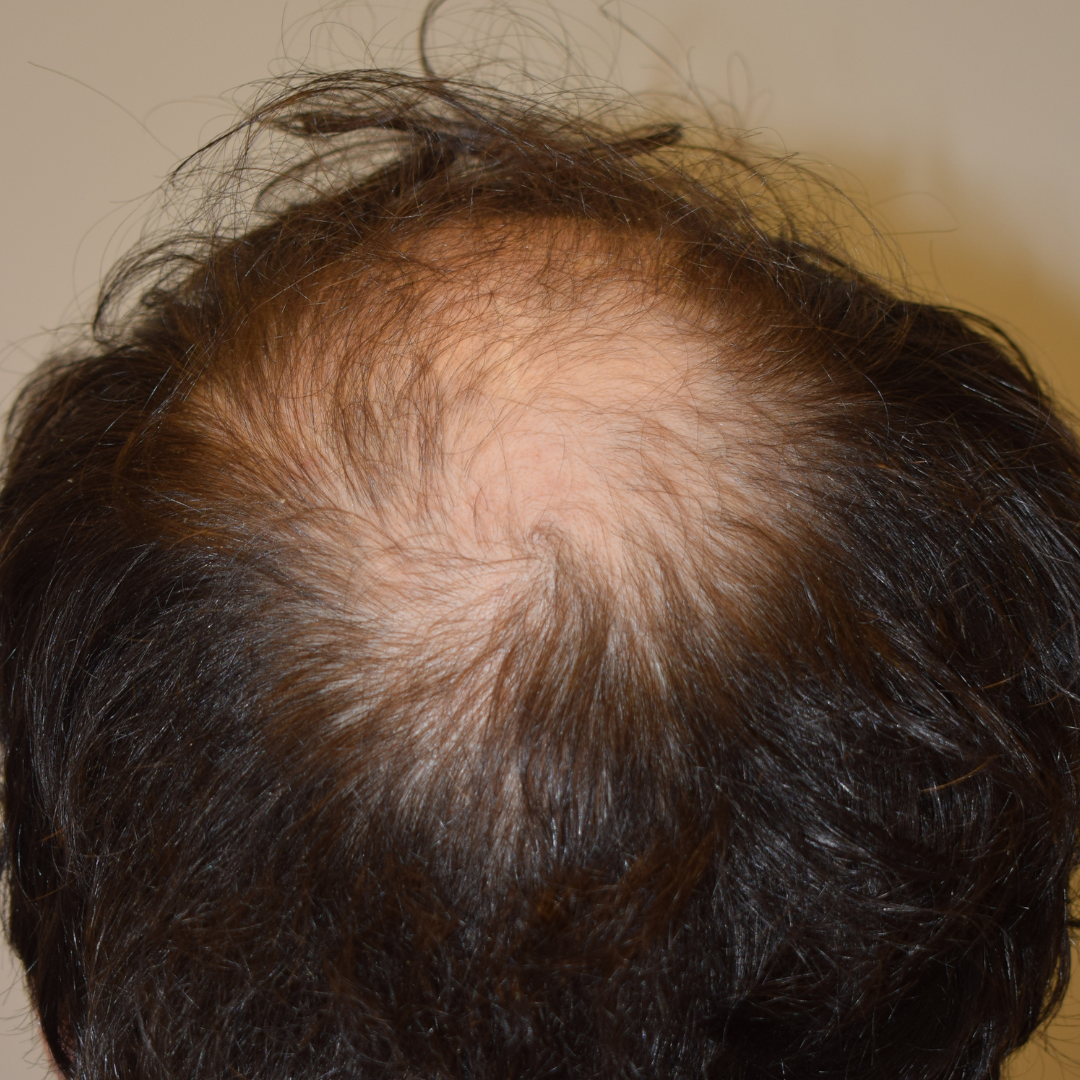Medical Hair Restoration
Platelet Rich Plasma (PRP)
PRP involves removing a patient’s own blood and extracting the plasma, which is rich in platelets and important growth factors. This plasma is re-injected to boost the skin with essential nutrients that allow it to renew itself, even after a single session. In addition to skin rejuvenation, PRP has been found to be effective in treating hair loss including common androgenetic alopecia and alopecia areata.
A PRP session takes about 40 minutes. As a preparation, it is advised to avoid aspirin, anti-inflammatories and vitamins such as Vitamin E and Omega-3 for a week, and avoid alcohol and garlic for 3 days. It is also recommended to avoid smoking before and after the procedure.
PRP is a safe procedure with very rare complications when being performed under the right circumstances and in the right qualified hands. However, it is a procedure that requires prior dermatological knowledge and proper handling of blood products. Therefore, it should only be performed in a proper medical setting under sterile conditions, by specialized Dermatologists to avoid infections. At The Skin Clinic, we follow the American protocol of PRP, which shows results in a single session. Maintenance sessions are recommended twice a year.
Mesotherapy
Mesotherapy is a technique involving injections of medications directly into the skin. In dermatology, targeted vitamins and other nutrients are injected with a fine needle or a roller to rejuvenate the skin and restore its glow, and treat hair loss. It works by improving blood circulation, reducing inflammation, neutralizing excess male hormones, stimulating collagen, and increasing follicle size to stop hair loss and stimulate hair growth. It is a very safe procedure and patients continue their daily routine afterwards. Several sessions are required.
Microneedling
Microneedling for the scalp is done as treatment for hair loss, mainly the hereditary type. It creates small injuries in the scalp stimulating the skin’s natural healing process that activates stem cells in the hair follicle, increases growth signals and blood supply leading to hair growth.
Usually local anesthesia is used to reduce pain and discomfort. Expect some scabs after the procedure that are easily removed with shower.
Platelet rich plasma can be added to the procedure for better outcomes.
Keep in mind that microneedling should be combined with the proper medical treatment to have good results.
FAQ
Anyone who has experienced permanent hair loss can be a candidate for hair restoration surgery. This includes men with male pattern baldness, females with female pattern thinning, people with scars on their head, and people who want to densify their eyebrows, eyelashes or beard.
The best candidates are those with dense hair in the back and side of the scalp.
Although in our experienced hands, the scar left after strip technique is very small and can be covered with hair, Artas® offers the advantage of leaving no scars at all. With Artas® however, the hair has to be cut very short prior to the procedure, making it unappealing to most women. When comparing Artas® to manual FUE, Artas® does not rely on repeated manual tasks and so overcomes the problem of fatigue that inevitably develops in such a long procedure, translating into more precision. Artas® also identifies optimal hairs for harvesting from the donor area making it an ideal choice for patients with previous hair transplants.
The Hair transplant procedure is performed on an outpatient basis under local anesthesia. Patients are given a mild sedative, so they are awake but relaxed. Pain is minimal to non-existent during the procedure. In case of a strip removal, the donor area, where the permanent grafts are taken from, is closed with sutures that are removed in 10-14 days. With manual and robotic FUE, there are no sutures.
Hair transplantation is a very safe, relatively minor surgical procedure. Patients are provided with a mild analgesic to relieve any discomfort felt the night following the procedure. Patients may be asked to use moist compresses or sprays and to sleep in a semi-upright position for 2-3 days following the procedure to minimize swelling and bruising. Small crusts may form on each graft that can be camouflaged by any existing hair that can be combed over the recipient area.
These crusts will flake-off by 10-14 days after the surgery. Some of the transplanted hair seen above the scalp will initially be shed, however the roots will remain dormant for 6-12 weeks, at which time the new hairs will all begin to grow. Numbness that may occur in the donor or recipient area usually disappears in about 2 months following surgery.
The number of sessions will depend on the degree of balding for the frontal or crown area. Typically, 1-3 procedures involving several hundred or up to 2000 or more grafts may be required to achieve the desired density. Generally, people with curly hair may require less number of sessions than people with straight hair.
See for Yourself our Before & After Gallery
Take a look at the incredible transformations of our patients before and after treatment



